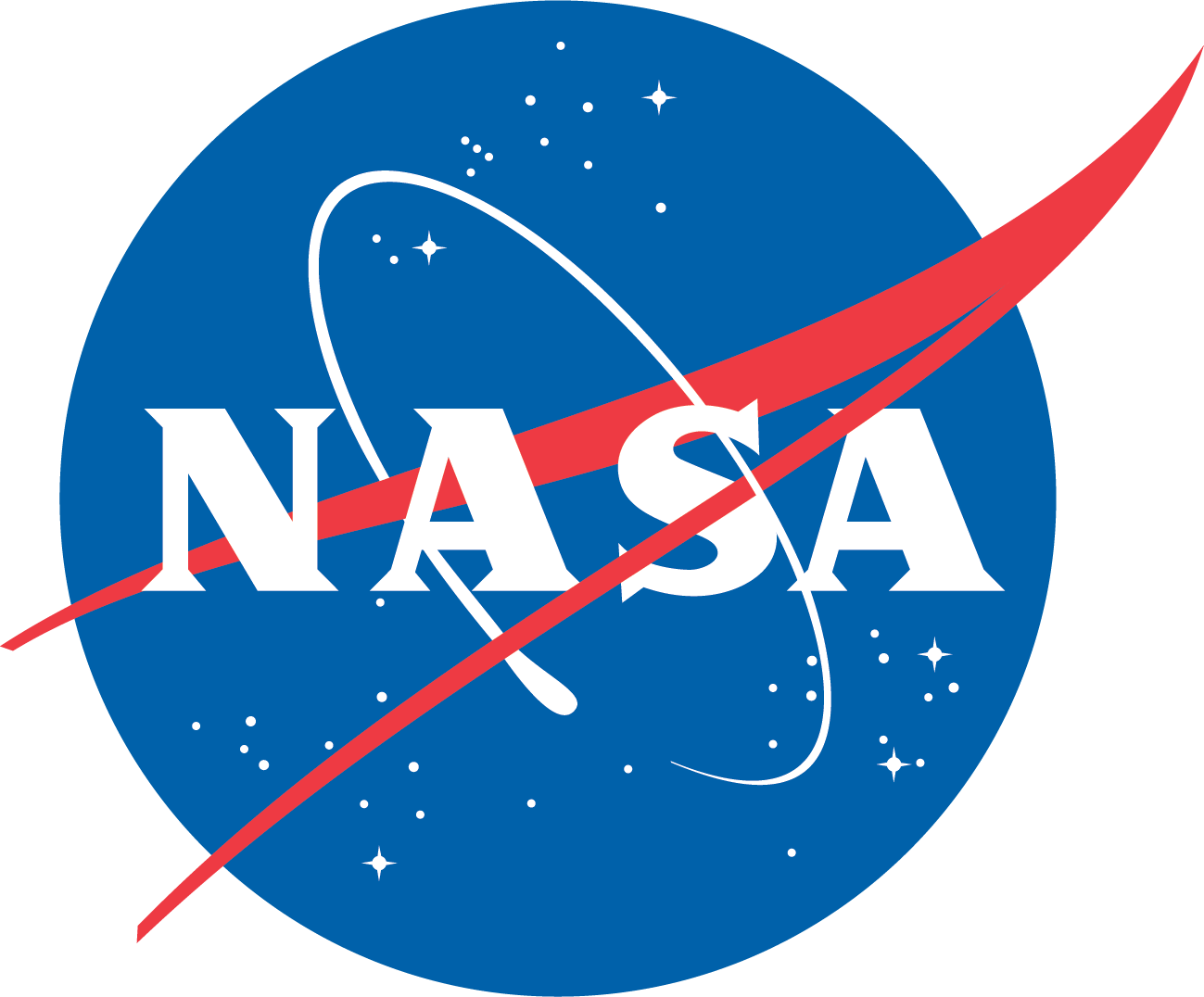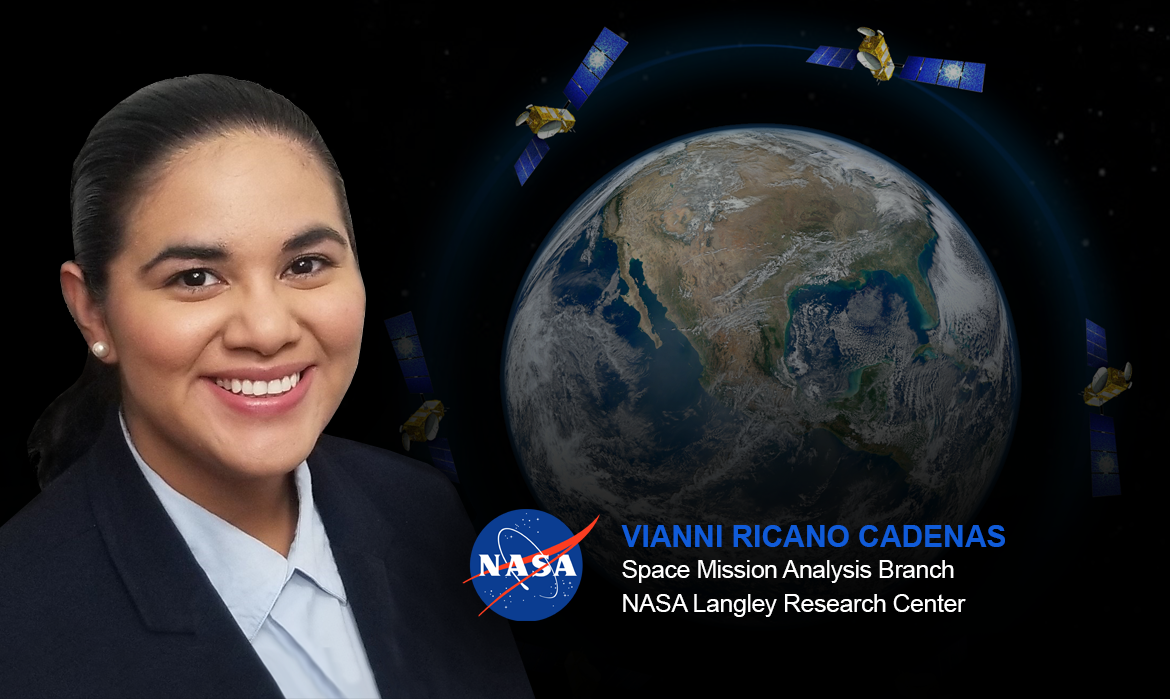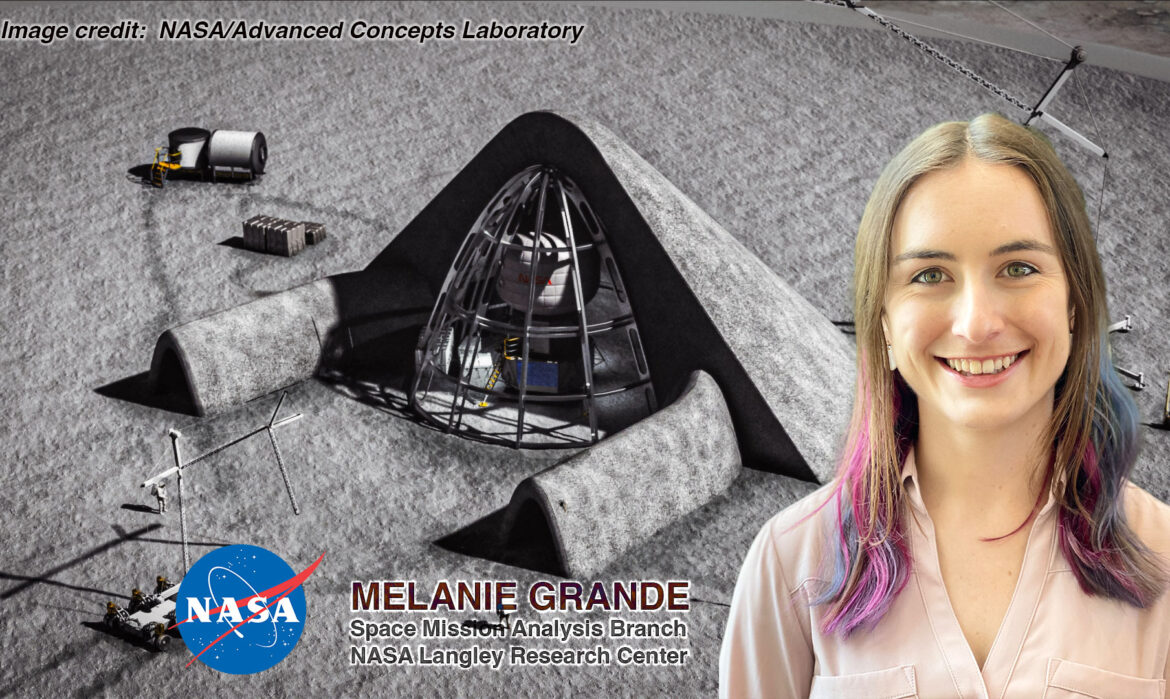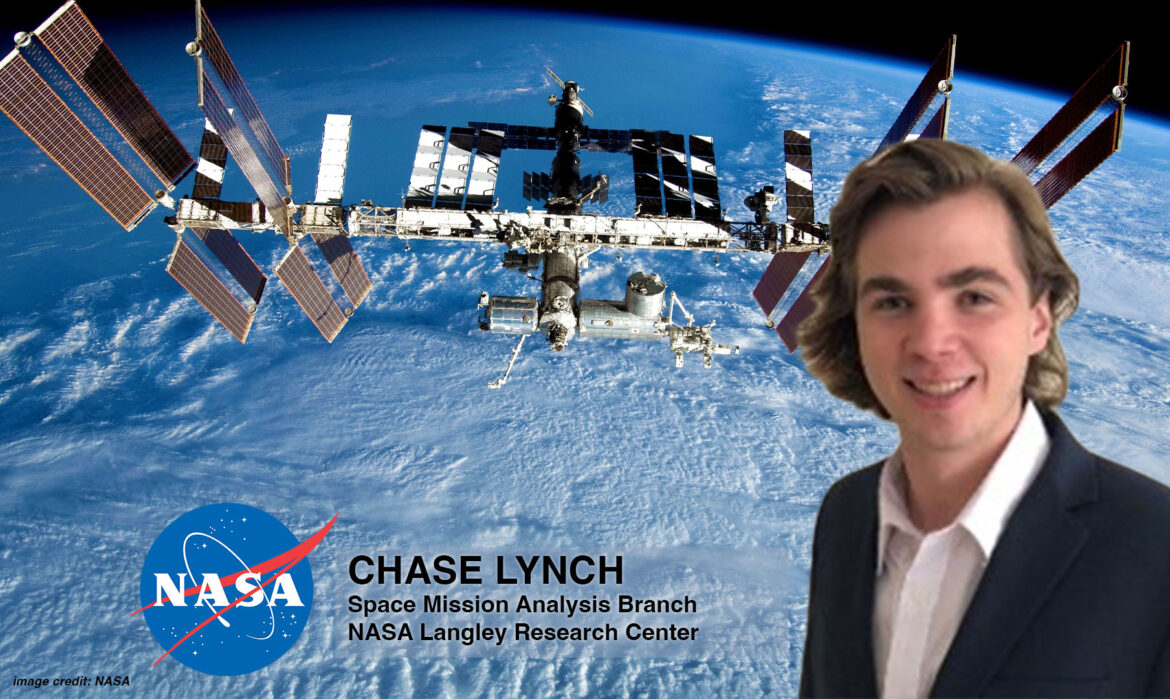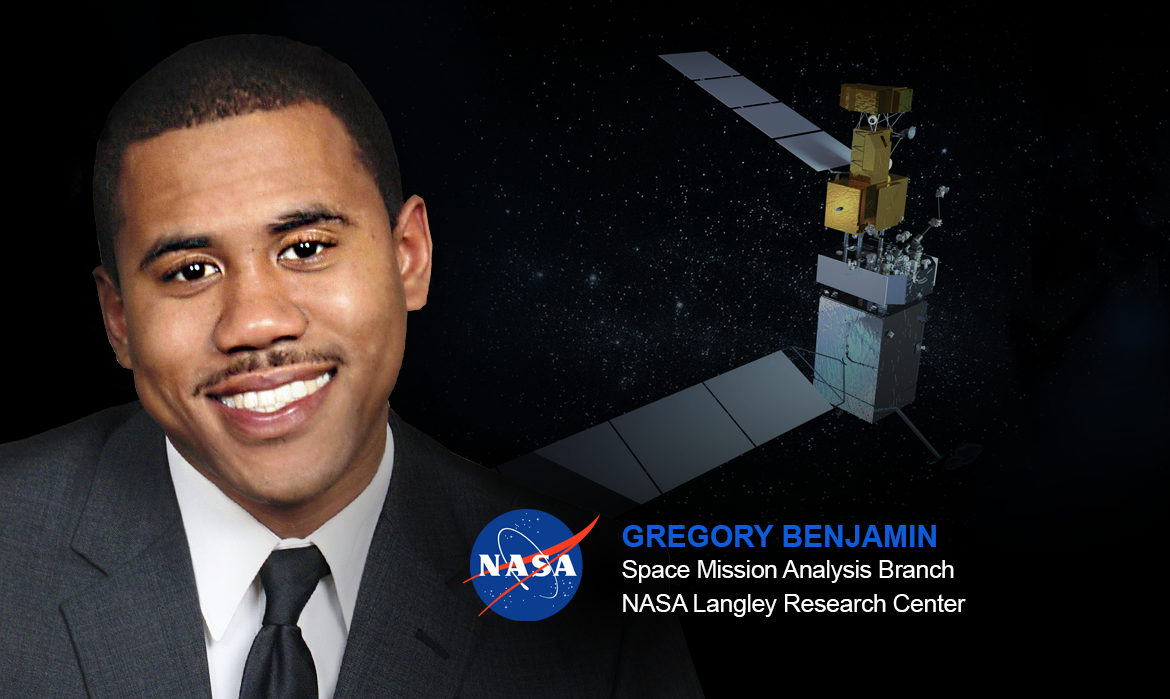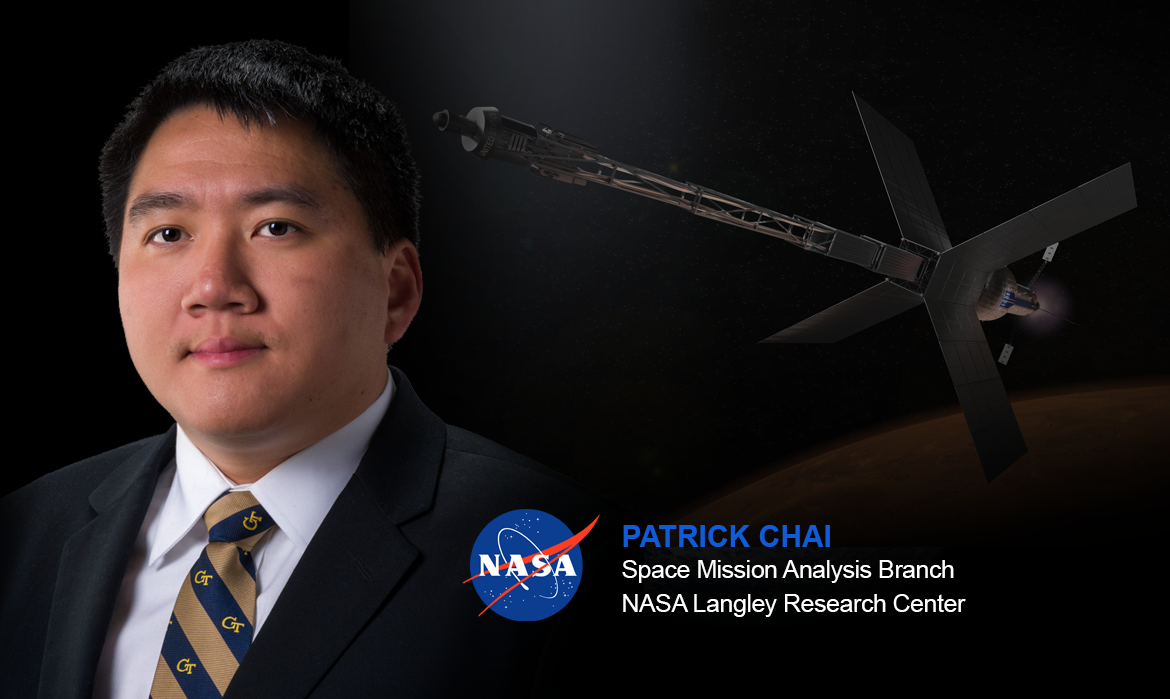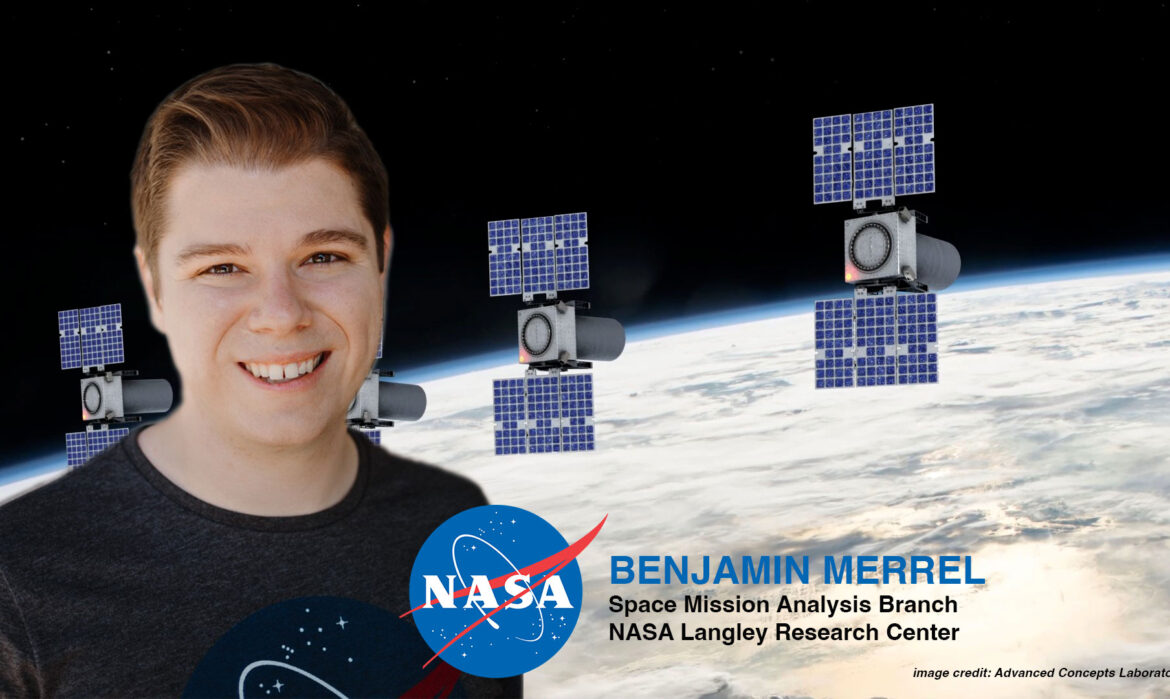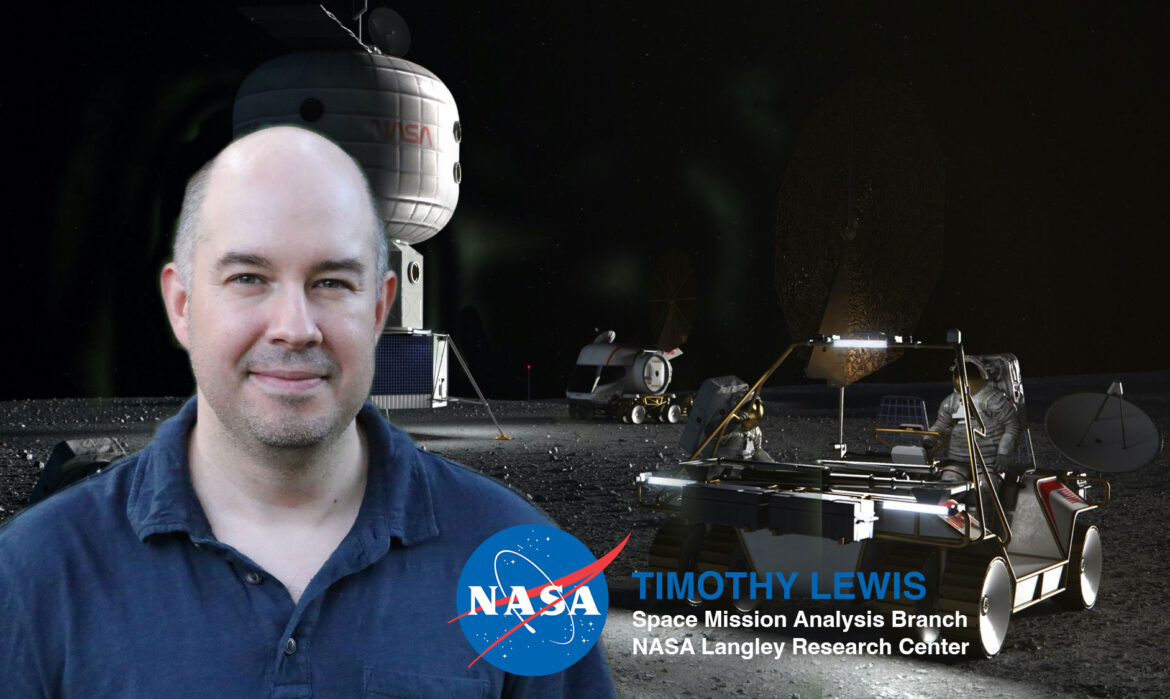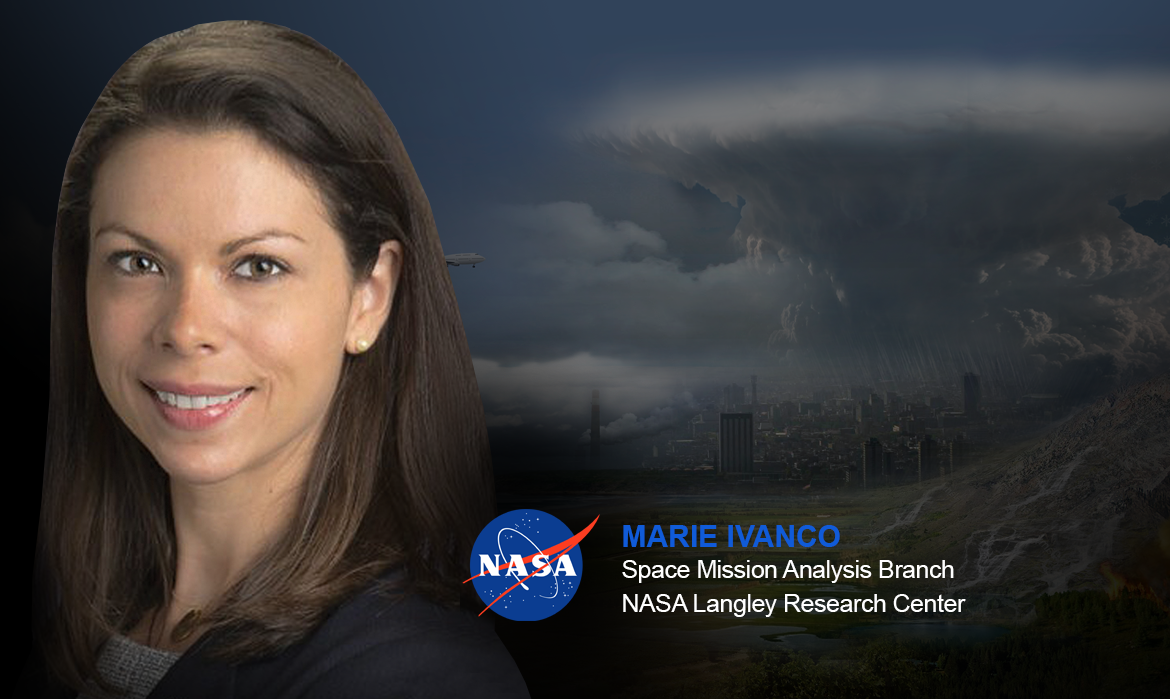Costing the Moon to Mars Campaign, featuring Jordan Klovstad
“NASA doesn’t just decide one day to go to the Moon. It’s something you’ve got to plan and find the best solution for years in advance,” says Jordan Klovstad, an engineer in the Space Mission Analysis Branch at NASA’s Langley Research Center in Hampton, VA. Part of finding that solution is understanding how to develop the different systems while keeping the missions affordable. For Klovstad, it’s one of the most important parts, because “it’s our job to be a steward of the taxpayers’ dollars and to do the most with the limited resources we have.”
Estimating the costs of sending humans to space, especially a campaign of missions as complex as Moon to Mars, comes with several challenges. One is the limited data available to help estimate costs for human spaceflight: aerospace only has tens of data points, whereas other fields use hundreds of thousands to build their models. As a result, the communities that do NASA’s cost estimates are constantly improving their capabilities through tool development and documentation of previous missions.

“NASA can accomplish anything technically within the laws of physics. The real constraints are the risks we’re willing to take and the costs we need to pay.”
In addition, NASA has a set budget available each year and has to work within that budget to develop, build, launch, and operate the systems needed to meet its goals. When the costs of the necessary systems run into the limits of that budget, Klovstad says there are two options: either NASA implements creative new ways to accomplish its goals, such as leveraging commercial partnerships, or they have to stretch the mission timeline to trade time for additional money.
Often, these programmatic factors are not at the forefront of everyone’s minds when facing the technical challenges of sending humans to other celestial bodies. That’s where Klovstad comes in. “It’s a passion of mine to inject realism into what we’re looking at fifteen to twenty years out.” As he points out, it’s not enough to focus only on the excitement of engineering the vehicles that will land the first woman and the next man on the Moon; you have to consider what is feasible.
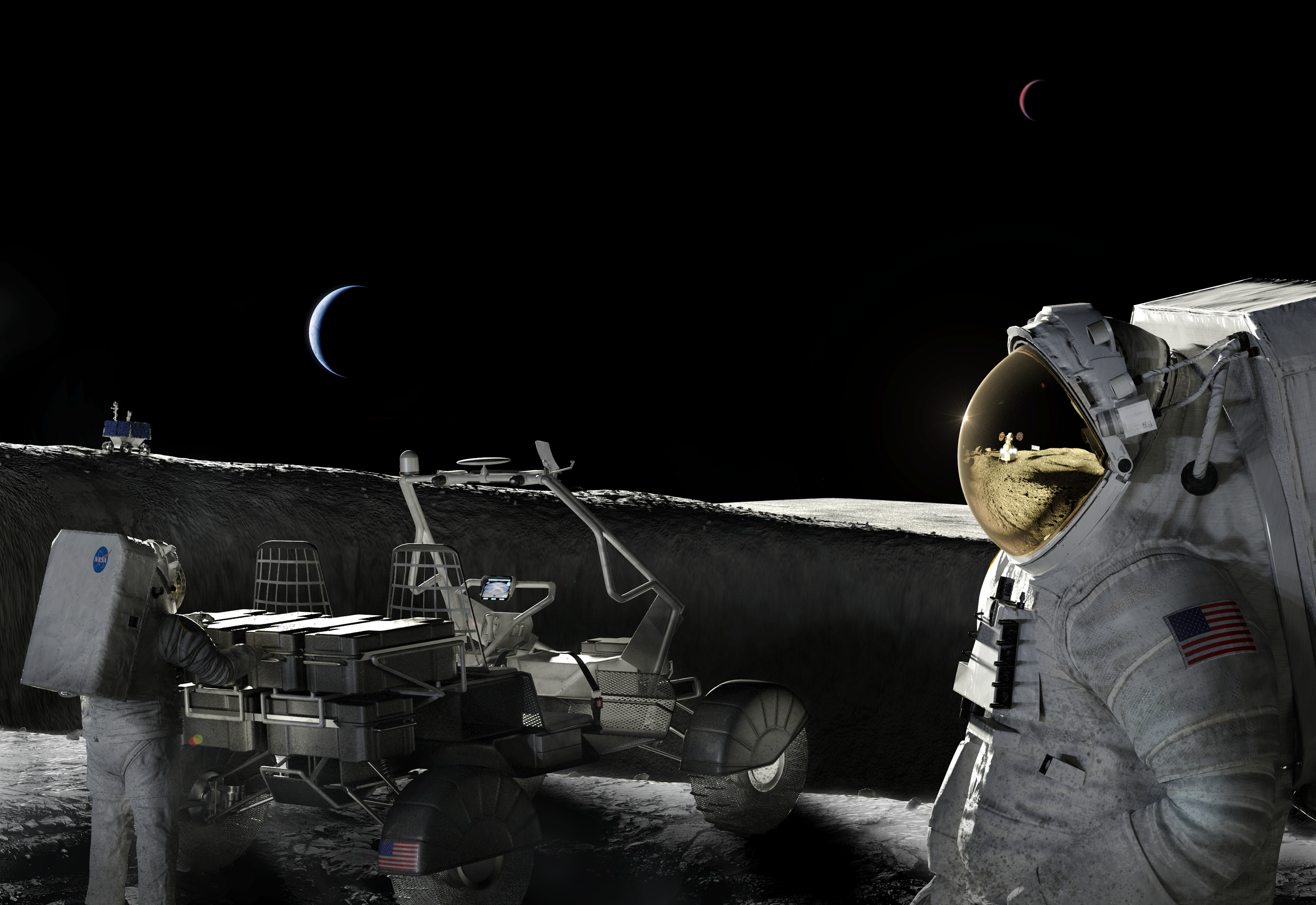
Blending the technical and the programmatic comes naturally to Klovstad now, but he got into cost estimating almost entirely by accident. In his sophomore year of college, he had a passion for space exploration focused around electric propulsion. However, he missed the deadline for most NASA internships, and applied for one of the last ones he saw, an opportunity with the Space Mission Analysis Branch. They saw his combination of engineering and management classwork and brought him in to learn about cost estimating. From there, it was an immediate fit. “I fell in love with the people, the culture, and the work. I did three internships, the Pathways program, then converted to full time.”
Throughout his career, Klovstad has developed cost estimates on early phase concepts that may never launch, as well as flight projects that are already in space. To him, the common thread is that bringing together financial, managerial, and technical perspectives through cost estimates is what enables NASA to be successful. “NASA can accomplish anything technically within the laws of physics. The real constraints are the risks we’re willing to take and the costs we need to pay.”
Author/Contact: Chris Jones
Published: December 2020

